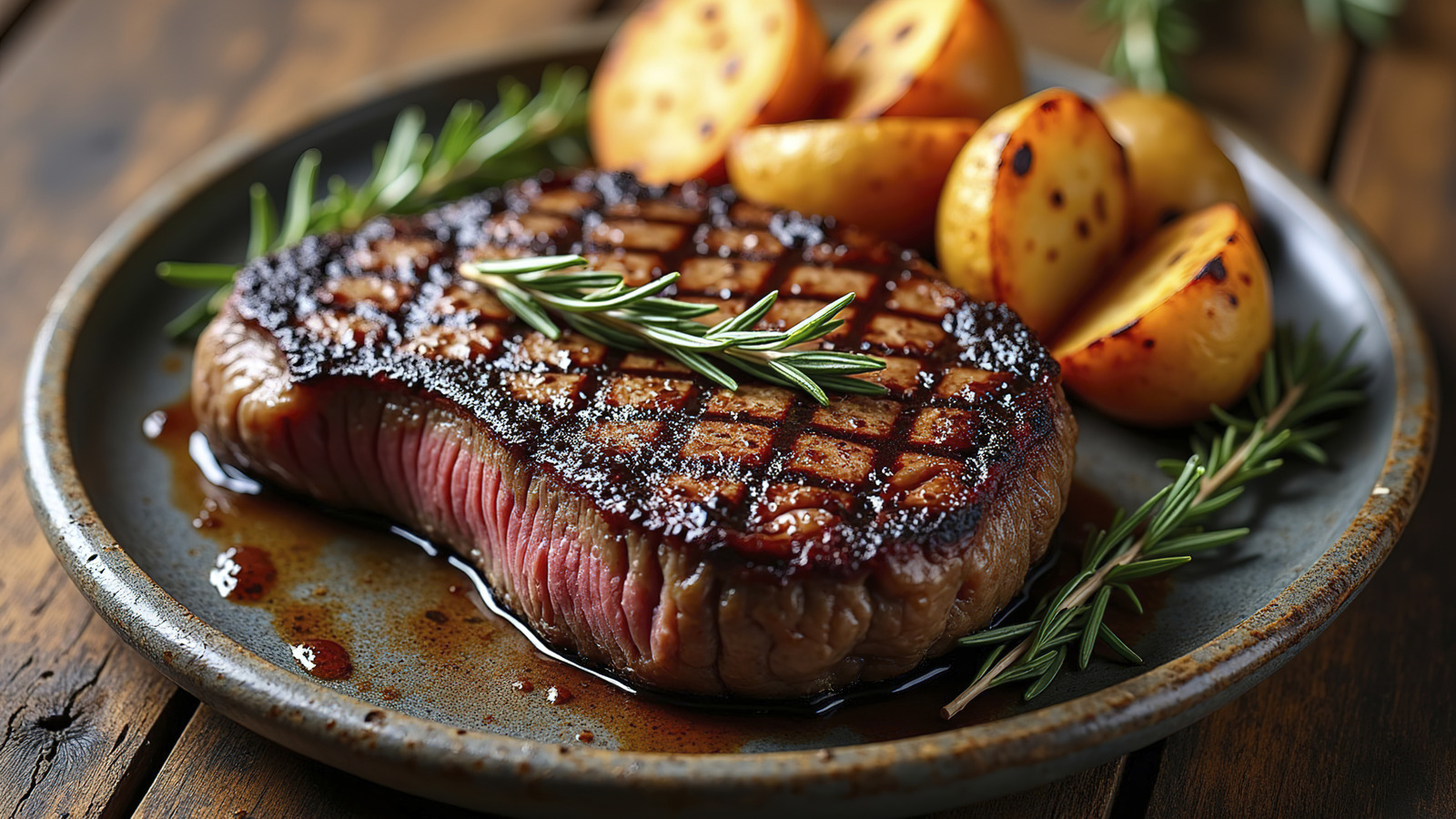It may not seem like a big deal, but one of the most important steps in making a great steak is resting it after the cooking is done. So many tips center around getting the perfect rare or medium rare steak while browning the outside, or picking out the right cut at the butcher, and it’s easy to think your job stops there. Those are all important elements, yet cooking a good steak is at its core such a simple thing — just meat, a little salt and pepper, and heat — that every step along the way really does count for something. The tough thing about resting is that it can be a little less precise than other aspects, but when we were talking to chef Adrianne Calvo about how to cook a restaurant-quality steak at home, she had one real clear piece of advice: If there is juice pouring out of your steak when you cut it, you didn’t rest it long enough.
The whole point of resting is to let your steak, or any meat, relax, which lets it reabsorb liquid into the fibers that it may have lost during cooking, so juices running out of it when you slice it is clear proof it hasn’t worked yet. The standard advice is to let steak rest for about five minutes per inch of thickness, but the issue is this is a very subjective take that can be affected by how juicy your steak was to begin with, or the temperature around it while it rests.
Too much juice coming out of your steak? It didn’t rest long enough
The reason steak expels juice when it’s cooked has to do with temperature. When meat is heated its muscle fibers contract. Once they contract they can no longer hold as much water, and that liquid is expelled from those fibers. This is why the longer you cook meat the more dry it gets. But this process can also be reversed to an extent. Let your steak cool by resting and the fibers relax, which allows them to not only maintain more liquid when you cut into the steak, but also reabsorb some of the juices they have started to push out. If you cut into your steak too early and lose juice that means some or all of your meat is still too hot.
The solution is a tough little balancing act, because most people don’t want to eat a cold steak. While five minutes is a good baseline, because any resting will help, getting closer to a ten-minute rest will be best. This should be counteracted by resting the steak on a warm surface and tenting it with foil, which will retain enough heat to keep it warm while still letting it cool enough to retain moisture. Or you can let steak rest in a warm oven at around 150 degrees Fahrenheit to keep it from cooling too much. The extra wait may be tough, but a juicy steak is worth it.






